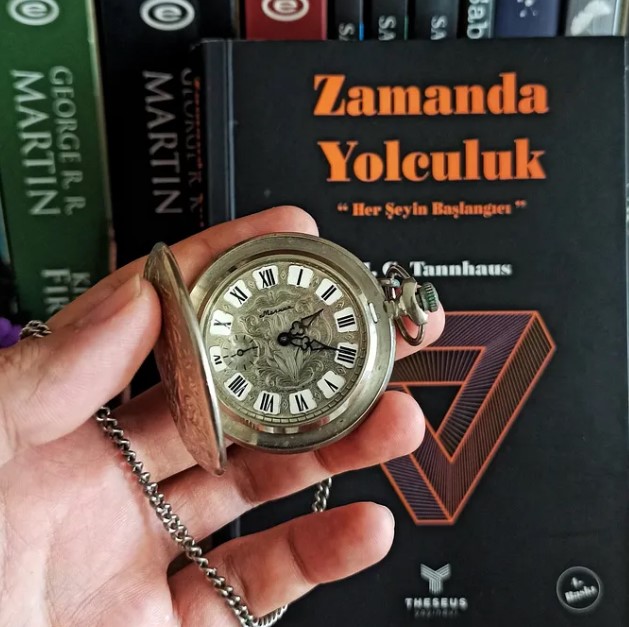Dadiyanki is not just a name; it’s a tapestry woven with threads of history, culture, and folklore. Nestled in the hearts of local communities, this legend offers insights into ancient traditions and beliefs that continue to resonate today. As we embark on this journey through the enchanting world of Dadiyanki, prepare to uncover the stories that have shaped its significance over generations. From mythical origins to rich cultural symbolism, the tale of Dadiyanki invites you to explore its profound impact on society. Let’s dive deep into this captivating narrative and discover what makes Dadiyanki an enduring symbol of heritage and identity.
The Legend of Dadiyanki: Origins and Evolution
The legend of Dadiyanki is woven into the fabric of cultural folklore, originating from ancient tales passed down through generations. This enigmatic figure is often depicted as a wise and benevolent spirit, believed to safeguard her community.
As time progressed, various interpretations emerged. Some narratives portray Dadiyanki as a guardian of nature, while others emphasize her role in protecting the vulnerable. These diverse stories reflect the multifaceted nature of human experience.
Regional variations have also contributed to its richness. In some areas, rituals are performed in her honor during harvest festivals, showcasing reverence for agricultural abundance. Meanwhile, other communities share tales that illustrate moral lessons tied to her character.
Dadiyanki’s evolution highlights how legends adapt over time while retaining core values that resonate with people today. Each retelling adds layers to an already complex narrative, ensuring its relevance across different cultures and eras.
Cultural Significance and Symbolism
Dadiyanki holds profound cultural significance, deeply woven into the fabric of local traditions. It represents resilience and strength in adversity, embodying the spirit of those who face challenges head-on.
Within various communities, Dadiyanki symbolizes protection and guidance. Many believe that invoking its name brings safety during difficult times. This connection fosters a sense of unity among people who share these beliefs.
Moreover, Dadiyanki is often associated with fertility and prosperity. Rituals centered around this legend are common during harvest festivals, signifying gratitude for abundance.
Artistic expressions also reflect its symbolism; paintings and performances inspired by Dadiyanki convey emotions tied to love and loss. Through storytelling, generations pass down these themes, ensuring the legend remains alive.
Dadiyanki transcends mere folklore; it serves as a cultural touchstone that resonates across different aspects of life in many communities.
Modern Interpretations and Adaptations
Modern interpretations of Dadiyanki often blend traditional narratives with contemporary themes. Artists and storytellers have reimagined the legend, infusing it with fresh perspectives.
In literature, authors weave elements of fantasy and adventure into their retellings. These adaptations appeal to younger audiences while preserving the essence of the original tale.
The digital age has also played a role in reinventing Dadiyanki. Social media platforms showcase short videos and illustrations that bring this folklore to life. This accessibility fosters an appreciation for cultural heritage among diverse groups.
Moreover, theatrical adaptations highlight its dramatic aspects through performances that captivate viewers’ imaginations. Dance troupes incorporate traditional movements alongside modern choreography, celebrating Dadiyanki’s rich history in vibrant new ways.
Such transformations not only keep the legend alive but also invite conversations about identity and belonging in today’s world. The enduring nature of Dadiyanki inspires creativity across various artistic mediums.
Folklore Surrounding Dadiyanki: Superstitions and Beliefs
Dadiyanki is steeped in folklore that shapes the beliefs of countless communities. One particularly intriguing superstition involves her ability to ward off malevolent spirits. Locals often leave offerings at shrines dedicated to her, believing this act will ensure protection.
Another common belief revolves around dreams. Many think that if one dreams of Dadiyanki, it signifies a call for help or guidance during difficult times. Such dreams are viewed as omens and often prompt individuals to seek out rituals or blessings.
Families also pass down tales of encounters with Dadiyanki’s spirit during significant life events, such as weddings or births. These narratives strengthen communal ties and reinforce cultural identity.
In rural areas, children grow up hearing stories about how Dadiyanki can bring good fortune but warn against disrespecting her legend—her wrath could result in misfortune or illness. Beliefs like these keep the legend alive across generations.
Exploring the Impact of Dadiyanki on Local Communities
Dadiyanki has woven itself into the fabric of local communities, becoming a symbol of resilience and cultural pride. Celebrated through festivals and gatherings, this legend fosters unity among residents.
These events are more than mere celebrations; they serve as a platform for storytelling, where elders pass down tales to younger generations. This transmission strengthens community bonds and ensures that tradition thrives.
Additionally, Dadiyanki influences local art forms like dance and music. Artists draw inspiration from its rich narratives, creating vibrant performances that captivate audiences.
Moreover, businesses capitalize on the legend by offering themed merchandise or organizing tours around significant sites related to Dadiyankis. This not only boosts the economy but also attracts visitors eager to learn about regional folklore.
Through these various channels, Dadiyankis continues to shape identities while enriching community life in profound ways.
Conclusion:
Dadiyanki weaves a rich tapestry of folklore, culture, and community. Its stories resonate deeply with those who embrace them.
The legend serves as a reminder of the power of tradition in shaping identities. It connects generations through shared narratives and rituals.
Local communities continue to find strength and unity in these tales. Dadiyanki inspires pride while fostering connections that transcend time.
As modern interpretations emerge, they add fresh layers to this age-old narrative. This evolution ensures that Dadiyanki remains relevant in contemporary society.
Engagement with its folklore invites exploration into our past and present beliefs. The impact on local culture is profound, encouraging dialogue among diverse groups.
FAQ’s
What is Dadiyanki?
Dadiyanki refers to a legendary figure in folklore that embodies various cultural values and beliefs. It holds great importance in certain regions where stories surrounding this character are integral to community identity.
Where did the legend originate?
The roots of the Dadiyanki legend can be traced back centuries within specific cultural groups. Various tales have emerged over time, each adding depth to its narrative.
Why is Dadiyanki culturally significant?
Dadiyanki serves as a symbol of resilience and strength for many communities. The stories often highlight moral lessons that resonate with both young and old alike.











